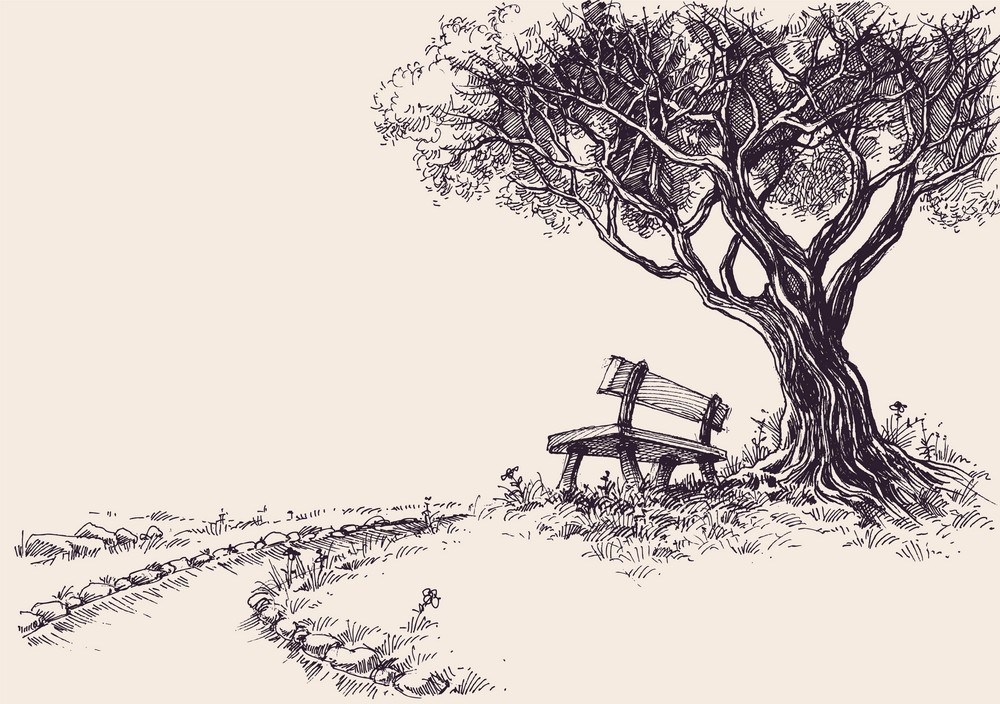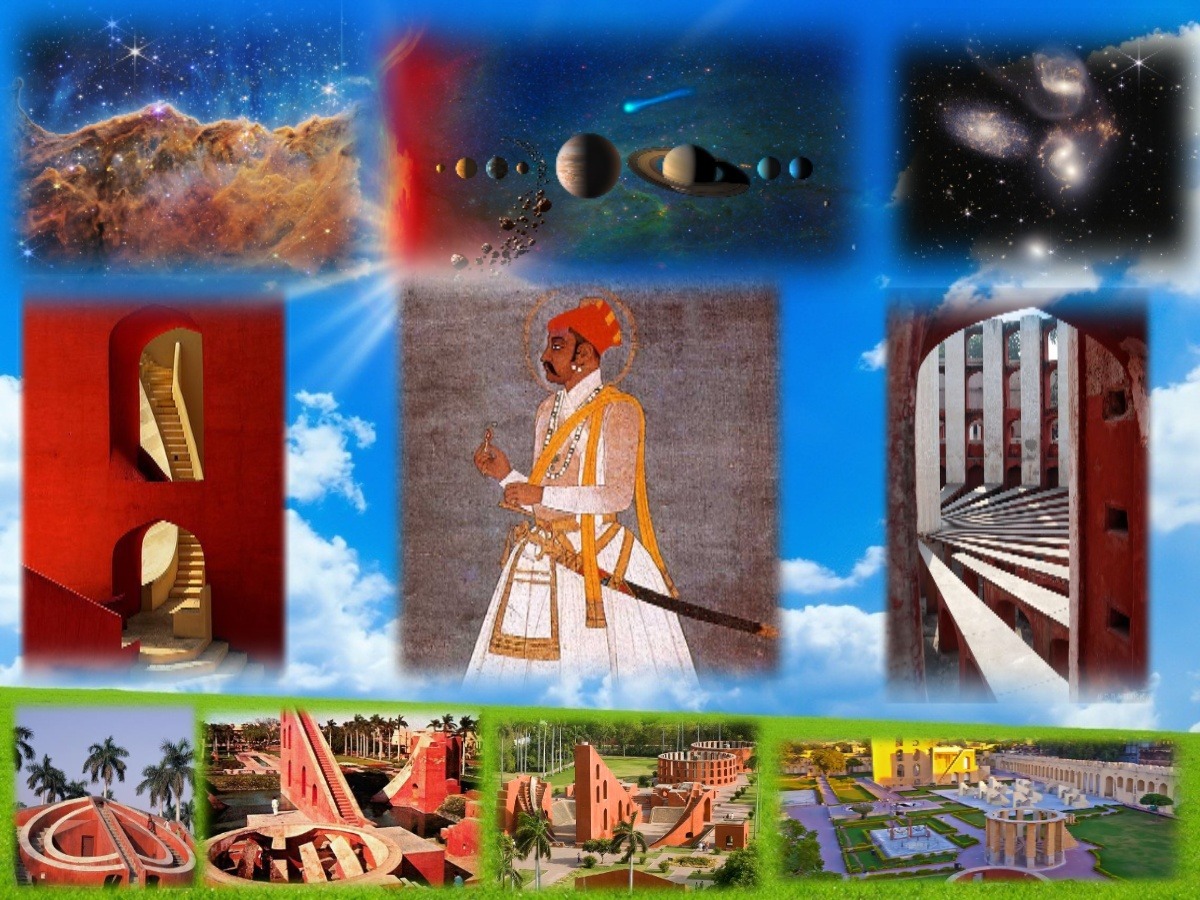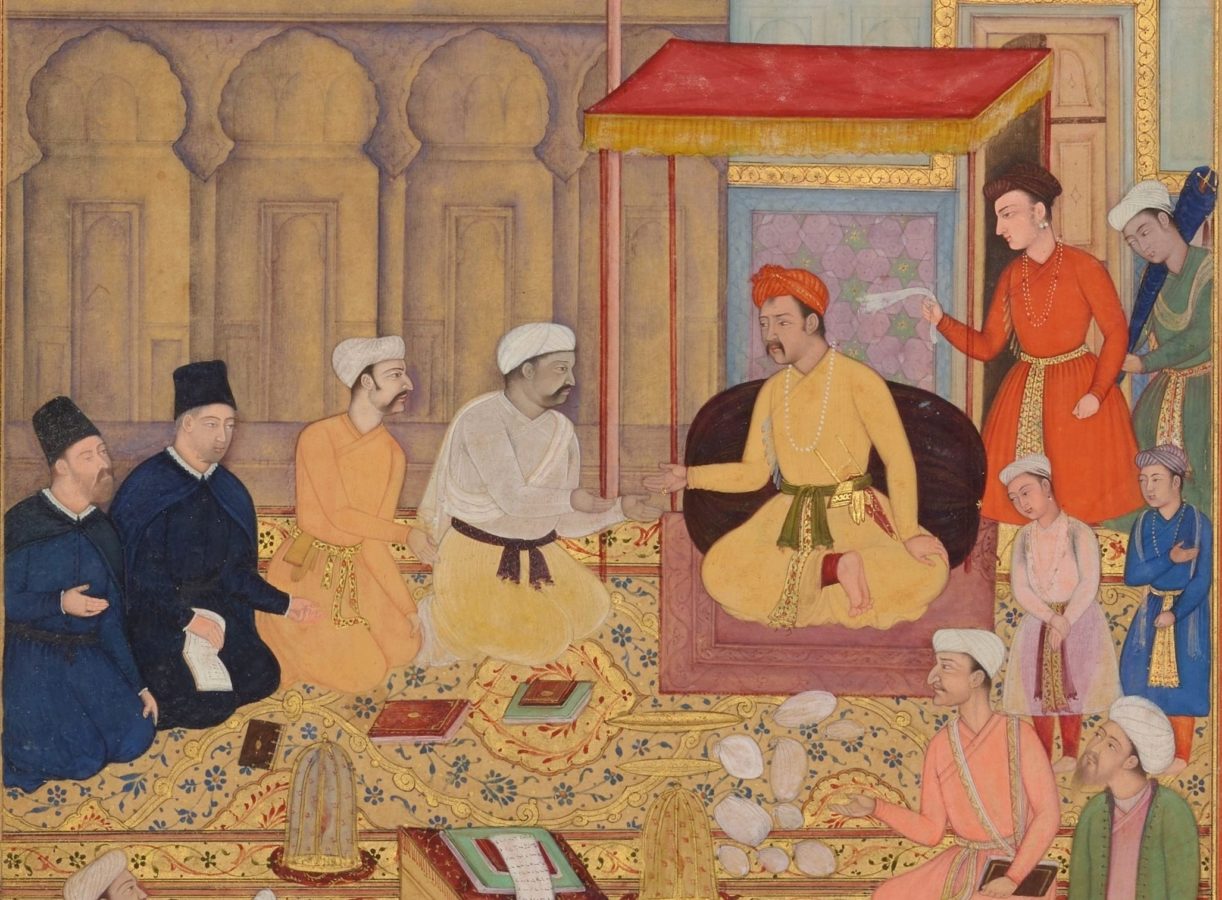- Visitor:15
- Published on:
Shef’s Dharmic Trail. Nako Diaries.
‘This cat is one of my Gurus’, he said laughingly, ‘always lives in the present moment, is self reliant and completely in control of its mind’.
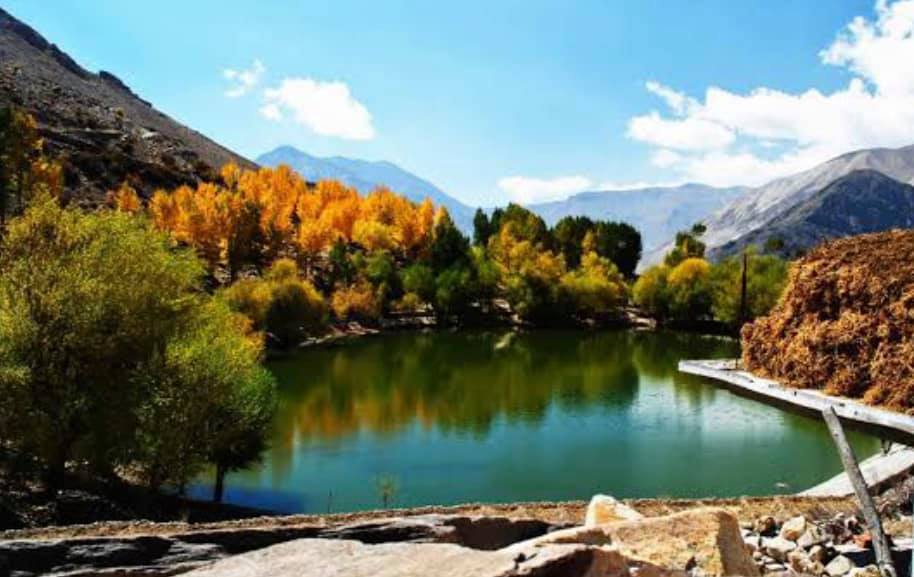
It was past 7 pm when we reached Nako. It is a beautiful, picturesque village of mud and stone houses clustered around a holy lake, but it was too dark for us to really take in the beauty of the village. That could wait till the next morning.
Nako, at over 12,000 feet is the highest village in the Kinnaur district. It falls technically in Kinnaur, but culturally, it is a part of the predominantly Himalayan Buddhist Spiti valley. At the beginning of the ways, you are greeted by the sight of two gompas, one of which has been built recently while one is very ancient.
There are several small homestays in Nako and Pawan took me to someone he knew personally. This person had built some rooms for guests in his backyard. Nothing great, just a basic room with a bed, clean linen and an attached toilet.
As I had reached Nako in early December, it was hellishly cold, despite my thermals, heavy woollen jacket, gloves and knee high boots worn over woollen socks. I was glad to see an electric heater in the room. There was no running water, so had to make do with a couple of buckets filled in the toilet. The water was freezing. Warm water was available only in the morning, so there was no question of having a bath.
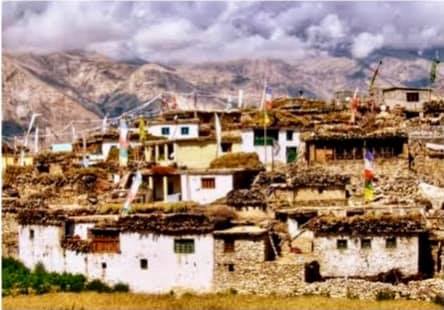
I was exhausted with the bumpy day long travel and my myriad adventures, so gratefully gulped down a big bowl of hot noodle soup and went to sleep. Pawan has managed to share a room with someone he knew in the village. He bid me goodbye and left with the car.
I was shown to my room by the host who then left. I was the only guest in the home stay, and the rooms were some distance away from the main house. My cell phone has no signal and I had no idea where Pawan, the only person I knew, went for the night. It was close to 9 pm, and I was absolutely alone in a cold, bare bedroom with no means to connect to anyone! And in a strange way, it was very liberating.
It was too cold to undress or change into my pajamas, despite the electric heater, so I just took off the boots and the jacket, didn’t even bother unpacking or changing. Went to brush, but the water was so cold, my fingers became numb, so abandoned that. Used the toilet, as my bare derrière made contact with the toilet seat, I almost howled in agony, it was that cold! So I squatted uncomfortably over the western toilet seat as I did the ghastly deed. At the end of the act, my thighs felt like they have had a major workout.
Got into the bed under three blankets, dressed in thermals, jeans, woollen sweater, socks and gloves, and I was still shivering. The night was completely silent. No sound of vehicles, no sound of human life, animals, vessels, nothing. Just an absolute, eerie silence.
I was physically exhausted, yet I could not sleep. I found myself tossing and turning in the bed. The mattress creaked each time I turned. In that hushed silence, even that sound sounded too loud. I was thinking unconnected thoughts, about my children, who were only five back then, about my mom and husband who were in charge in my absence and about a whole lot of other things.
Suddenly, without realising, an unreasonable fear gripped my mind. At 12,000 feet, oxygen is already scarce and you are breathing much faster. As your brain and blood gets used to low oxygen levels, it is easy to feel mildly delirious. I was breathing shallow, had started getting a splitting headache, and my mind had started amplifying the fears of altitude sickness.
‘What if I can’t breathe’? ‘What if I need oxygen’, I asked myself. I realised that if I needed medical help in the night, I had no idea where Pawan was, nor did I have a working phone. The fear kept multiplying, and reached a point where I started sweating, despite the bitter cold. The room felt airless, and I felt like I was gasping for breath.
Desperate for some air, I got up, covered myself up with a heavy blanket and almost ran out of the room, I was in a long, dark, silent corridor, connecting to other rooms. Using my cellphone torch I went to the main door and opened it, I was in a small stone-walked courtyard.
Despite my multiple layers and the heavy blanket, a cold gust of wind whipped me like lash in the face. I winced, breathing with my mouth open, trying to get as much oxygen as I could. My lungs were burning, and despite breathing through my mouth, my throat felt very dry. For a couple of terrible moments, I stood like that, my heart racing, my lungs gasping for breath, my mouth dry and my head reeling.
And then I looked up. The entire sky was studded with a million bright stars. There were no clouds, and no electric lights. Just an endless array of stars shining like little diamonds through the inky blue darkness. I can’t quite describe the infinite beauty of that moment. I forgot to breathe, I forgot to fear, I forgot who I was even.
I was among the stars!
After a night of fitful sleep in my lonely hotel room in Nako, I woke up at daybreak, only to find a thin sheet of ice floating in the bucket full of water in the bathroom. Sometimes during the night, the temperature had gone below zero. Somehow I brushed using the same freezing water, finished my daily ablutions and got ready. There was no question of taking a shower. Just washed my face, hands and feet and slathered a thick layer of moisturiser. Already my skin was beginning to feel dry and scaly. Lips were getting chapped despite using Vaseline liberally.
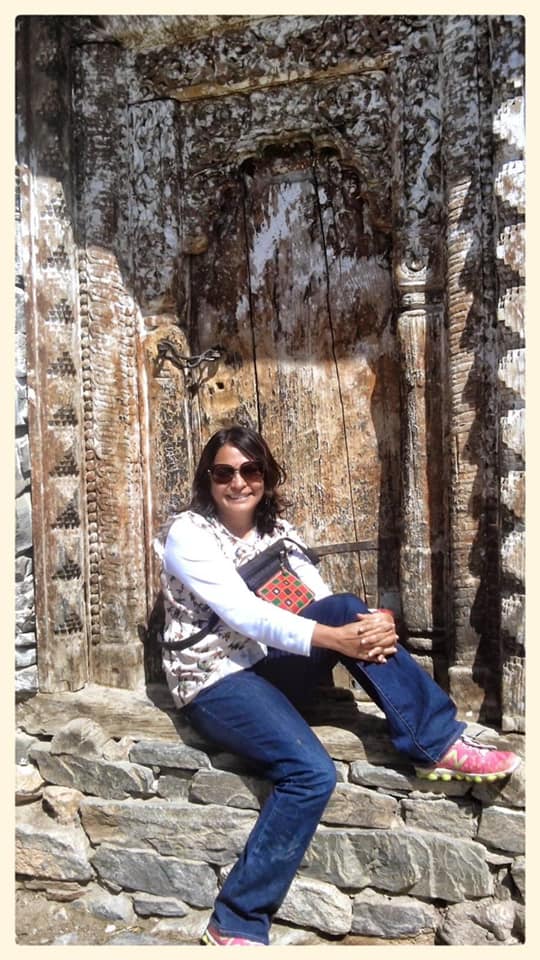
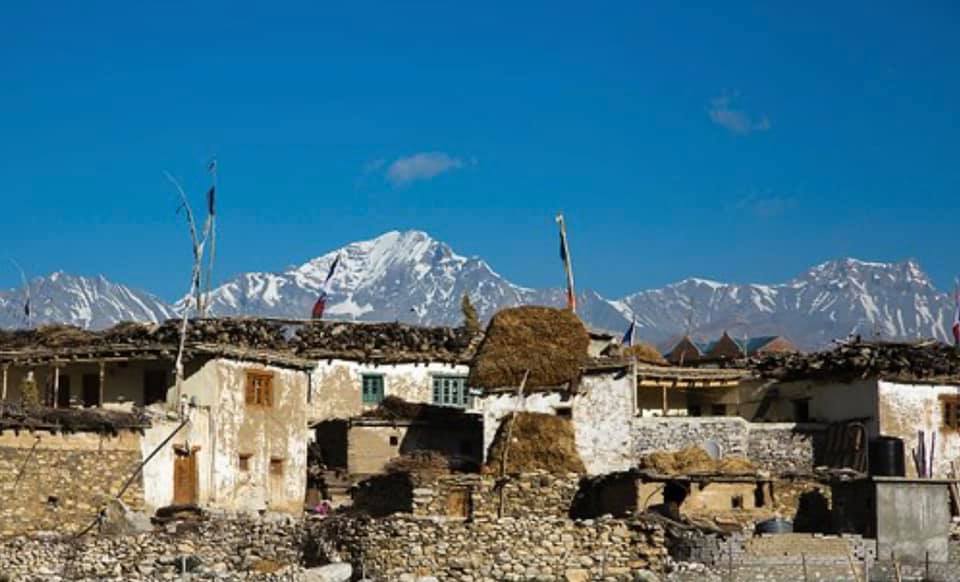
I had planned on spending a day in Nako to get acclimatised to the high altitude of the Spiti valley. After getting ready, I went out of the hotel only to see a strange sight. Someone had washed clothes the previous evening and put them on a clothesline for drying. The droplets falling from the wet clothes had frozen into icicles!
The host gave me sweet, milky chai that must have been boiling hot when he made it in his kitchen, but was already lukewarm when he brought it to me standing 50 meters away. I gulped down a quick breakfast of an omelette and buckwheat flour chapati and went to explore the village. Pawan was supposed to meet me only at 10 am, so was on my own before that.
I walked through the narrow paths of the village flanked by brilliantly white washed houses constructed out of rocks plastered with mud. Many had thick wooden doors and windows painted in vivid colours like blue, yellow and red, giving a startling effect against all the white of the walls and the yellow ochre of the earth. Many homes had small enclosures behind for livestock. A smell of cows and cowdung permeated the village roads.
I meandered aimlessly, turning corners at whim, meeting villagers and greeting them with a cheerful ‘julay’, meaning hello. They all smiled, their tanned faces wrinkled with the harsh cold desert sun. Each time I turned a corner, I would find a prayer wheel of two embedded in the wall, with the passers by turning them for good karma. Some were really old and covered with thick leather hides stitched together.
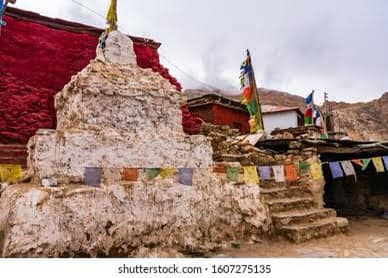
The village was nestled on a hillside, with houses stacked at different levels like an untidy stack of fridge magnets. All the paths in the village eventually led to a single path leading to the famous Nako lake, a small glacial lake considered to be extremely sacred by the villagers as the famous Buddhist Acharya, Padmasambhava or Guru Rimpoche as he is known in the region is said to have meditated on the banks of this lake.
Nako lake is a small oval lake surrounded by a thick grove of willow and juniper trees. It has a small walkway around it for pilgrims to perform the Parikrama. All around the lake are jagged, treeless mountains. If you climb a little bit, you can see the lake framed like a blue bowl with trees surrounding it on three sides. To protect the sanctity of the lake, no one is allowed to fish or bathe or swim or even to step inside the water! I quickly finished my Parikrama and found the little gompa dedicated to Guru Rimpoche located right next to it. The gompa has a murti of a fierce looking Guru Padmasambhava next to a rock with a mark on it that looks like a slightly irregularly shaped large foot. This is worshipped as the footprint of the Guru.
Even this early in the day, there were a couple of women worshipping in the temple. One had put up a small Kangri with glowing embers topped with some herbs and juniper leaves, giving out a strong and spicy, but pleasant smell. Another woman was sitting leaning against the rough stone walls of the gompa, moving her portable prayer wheel and chanting the Buddhist Mantra of ‘Om Mani Padme Hum’. I sat in the gompa for some time, closing my eyes and listening to the chant. It was hypnotic, the pungent, spicy smell of the smoke, the sound of the prayer wheel bell and the woman’s mellow, soft voice chanting the mantra.
After sitting like that in meditation for some time, I got up and left quietly, taking another path to go back to my hotel. All houses and paths in Nako look very similar and soon I found myself hopelessly lost in a Warren of cobbled paths. Just then I heard a calf moo, and soon it appeared, it’s face appearing around the bend, followed by a woman with a weather beaten face and a green kinnauri cap on her head. She was clad in a loose salvar kameez and a full sleeved sweater, her feet covered in thick hand-knitted woollen socks. She had a stick in her hands and a baby strapped to her back. She couldn’t have been old, but her face was already beginning to show deep furrows caused by a lifetime under the harsh Spiti sun.
Seeing me, she paused for a bit. The calf too paused, looking at me quizzically. The baby strapped on to her bag gurgled happily, trailing a thick streak of snot from its nose.
‘Kidhar se aaya’? She asked me with a smile.
‘Bombay se’ I replied. I had realised that it was far easier to say I came from Mumbai than Pune and save myself tedious explanations.
‘Akele aaye aap’? She asked again.
I said yes. ‘Dar nahi lagta’? She asked. ‘Ye to Himachal hai, Devonki Bhumi, idhar kya darna’? I asked. She smiled, showing tobacco stained teeth.
‘Goom Gaye ho kya? Kahan jana hai?’ She asked.
Was I lost? Maybe. But in losing myself in a strange village, I had found that elusive philosophy called zen, of living in the moment.
After strolling through Nako village, I managed to find my way back to my home stay. Pawan had already arrived from his room. I got into the car and asked him to take me to the Nako monastery.
I had read a lot about the Nako monastery. There are records that say that the Nako monastery was founded in the 11th century CE, by the legendary translator of Sanskrit texts into Tibetan, Lochen Rinchen Zangpo who lived here for some time. The entire complex is officially known as ‘Lotsava Jhakang’ meaning ‘complex of the translator’.
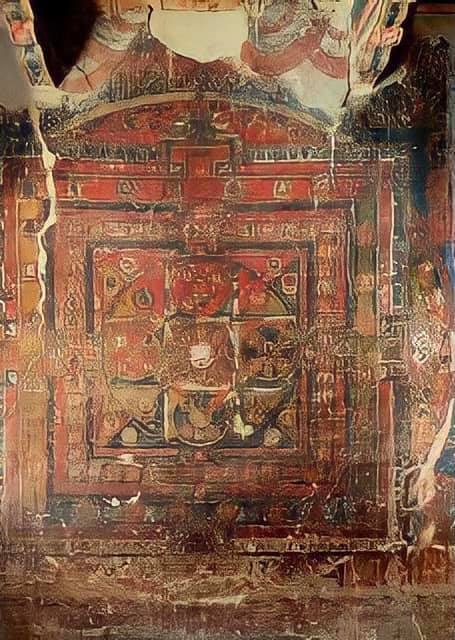
The old monastery complex has four different structures, built with mud and stones. The oldest and largest hall is known as the Dukhong. It has very old paintings done on its wall using vegetable colours, many of which are fading now with the passage of time. Covering an entire wall is an enormous mandala with a profusion of characters. Unfortunately, photography was not allowed when I went to the Dukhong.
It is a very peaceful place, located at the entrance of the village at a greater height than the homes in the village. On one side are the residential quarters of the lama of the monastery, a smiling man in his forties. When I went to the gompa, he was sitting in the sun with his prayer wheel. I smiled at him and said Julay. He smiled back and conversed a little. When he saw my interest in the paintings, he invited Pawan and me to his quarter for tea.
It was a small set-up of two rooms, kept absolutely spotless. There was a traditional Tibetan stove in the centre of the kitchen made of metal and with a long pipe extending to the roof acting as chimney. Wood is scarce here, so cow dung is used as fuel. The stove serves both as a cooking station as well as a room heater, as the metal pipe radiates heat all around the kitchen. In traditional homes in Spiti in winter, stoves like these are kept burning all the time, with a kettle of water or butter tea always kept simmering. These stoves are treated as sacred and treated with respect.
We were served hot butter tea and good day biscuits! I asked the lama a few questions about the history of the monastery. ‘How do you know so much’, he asked me, laughing, the smile lines on his face becoming deep furrows. I was particularly interested in the legend of the Purgyal, a local deity worshipped as the guardian spirit of the mountain, a concept very similar to the Ajoba shrines found on the borders of Goan villages and the Ayyanar shrines found in Tamil Nadu. The peak behind Nako is called Reo Purgyal in his honour.
I was told by the lama that every time there is an auspicious occasion like a wedding is planned in the village, offerings are made to the Purgyal first to ensure the safety and well-being of the village. Again a tradition that is common to many parts of the country, a living testimony to the shared culture abd heritage of Bharata.
As I thanked the lama for his hospitality and got up to leave, I could see a fat tabby cat lounging in the sun. The lama seemed to be very fond of it. He stroked it gently. ‘This cat is one of my Gurus’, he said laughingly, ‘always lives in the present moment, is self reliant and completely in control of its mind’.
The cat opened one lazy green eye and looked at me, even as the lama was speaking. It did look like it had attained Nirvana!
Center for Indic Studies is now on Telegram. For regular updates on Indic Varta, Indic Talks and Indic Courses at CIS, please subscribe to our telegram channel !
- 7 min read
- 0
- 0







